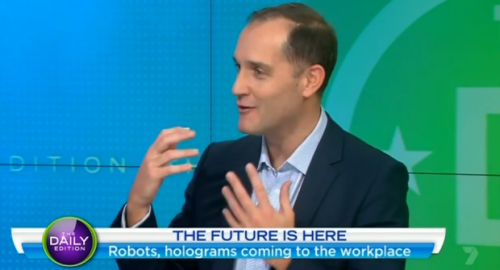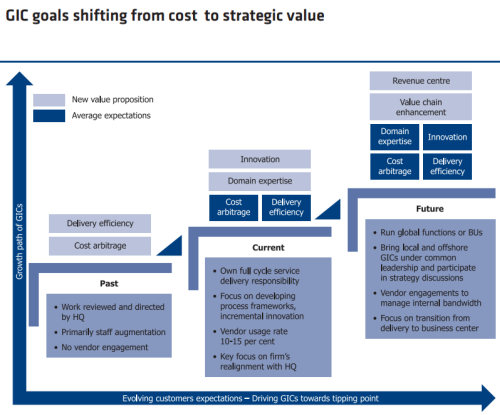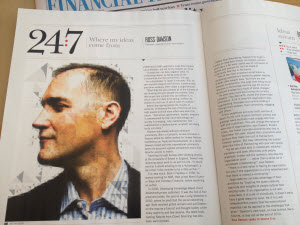Slides: Future of Business: Crowds and Sharing Economy
I am at Innovation Partnership Program, a three-day executive education program in Silicon Valley for senior executives from Fortune 100 companies, done as a joint venture between Singularity University and XPrize.
It is an exceptional program providing a deep dive into the exponential technologies driving change, including AI, robotics, crowds, 3D manufacturing, medicine, genetics, computing, digital finance and the strategic implications for enterprise.
I presented the session on crowds on the first day, providing a big picture overview of crowds, crowdsourcing and the sharing economy.
My slides are below. As always, they are not intended to be meaningful for those who did not attend the presentation, but may still be useful to others.



 Today’s
Today’s 